Published in The Sydney Morning Herald Traveller: “Notes from a big island” on Aug 24, 2013
Traveller asked five Australian novelists to write about the one spot in Australia that has most informed their writings.
A SENSE OF WONDER
For novelist Richard Flanagan, Tasmania’s Franklin River provided the most important lesson of his life.
I am 52 now, and I was 17 when I first kayaked the Franklin River. At that time perhaps less than a hundred people had ever been down the river. It was so little known that a local newspaper ran a double-page spread on our trip when we returned. We had never seen anything like the Franklin. Fifty or 60 trips later – I lost count long ago – I still haven’t seen anything like it anywhere. The very toughness of the trip – and when the weather turns, it can still be very tough and dangerous – means the Franklin remains a pristine and wild world.
When I was young I played on the Franklin with mates. It was in our backyard, it cost us nothing more than the food and cheap drink we took, and we knew without knowing anything, that to be young and free in such a world was something we would never know again.
The serenity of sleeping on its rainforest beaches was not lost on us, nor were the grandeur of its gorges, the savage joy of getting to the bottom of one of its flooding rapids, the bewildering beauty of a sprig of myrtle growing out of a moss clump in limestone stained glistening bronze, its innumerable and frequently transcendent wonders.
As young men tend to be, we were wild and arrogant with our youth and strength. But we were all strangely moved by that river, and we all came to love it very powerfully.
The river came not just to inform my life, but shape it. My first book, written when I was 21, was a history of the Franklin. I nearly drowned on the river, trapped in a rapid. I was saved after several hours by a mate in an extraordinary act. I learnt what I had never learnt from the modern novel: that even in our darkest hour, we are not alone. After that most things became unimportant, even trivial. Except other people and writing, which is, I guess, at best a form of homage to the mystery of us. My first novel relives that experience, though I never said so publicly at the time.
Later, I worked on the river as a guide, and I’ve done the river in all sorts of ways. Strangely, the river is always a new place to me, and familiar as its reaches are to me, there are always sights and sensations that I had not known before. There are places in the world – and the Franklin is one – where the only appropriate emotion is a grateful astonishment. I remember the inexhaustible wonder of my twin daughters on their first trip when we camped beneath the vast limestone overhang at Newlands Cascades and, as the river ran a mighty flood, they watched for three days the extraordinary tableaux just beyond as that rapid grew huge, its noise that of a continual bombardment as it kicked up great gouts of spray and spume, as wild storms lashed through the gorge and sky above, as the rainforest writhed and ran.
From the first though I have always found the Franklin a strangely disorienting world – those rank rainforest odours of decay and growth, the sensation of mist forming water beads on your face, the sense of a rising river throbbing beneath your raft, the tenderness of its lower tranquil reaches with its weeping Huon pines and weary sagging cliff faces and circling sea eagles, its moss-hued grottos and caves – a world that made me painfully aware of my own insignificance, and so physically overwhelming that, at times, I no longer felt sure if I had any personality.
I came to realise that most contemporary culture, including its literature, is made by people for whom the measure of the world is what is man-made. But the Franklin taught me this: that the measure of this world are all the things not made by man. And it was this sense that has come to inform me and all I have written since.
To be on the Franklin is to realise you and your works don’t amount to much, if anything. You shoot a rapid, your raft flips, people and gear go everywhere, and, if you’re the river guide, you have to get back on that upturned boat, and start hauling in the rafters and the lost gear as quickly as you can. And perhaps that’s what I have been seeking to do ever since I first kayaked the Franklin so long ago. For what defence have we against the terror and beauty of nothingness, other than to make an ark of our soul and our work, and haul out of the rapids and into it all the things and all the people we have known and loved, all that is forever on the verge of vanishing, and with them, laughing, joyful, amazed at who and what and where we are, continue journeying into the magnificent unknown, that vast perhaps?
Richard Flanagan is the internationally acclaimed author of six novels. His first novel, Death of a River Guide, was published in 1994. His latest novel, The Narrow Road to the Deep North, will be published in September.
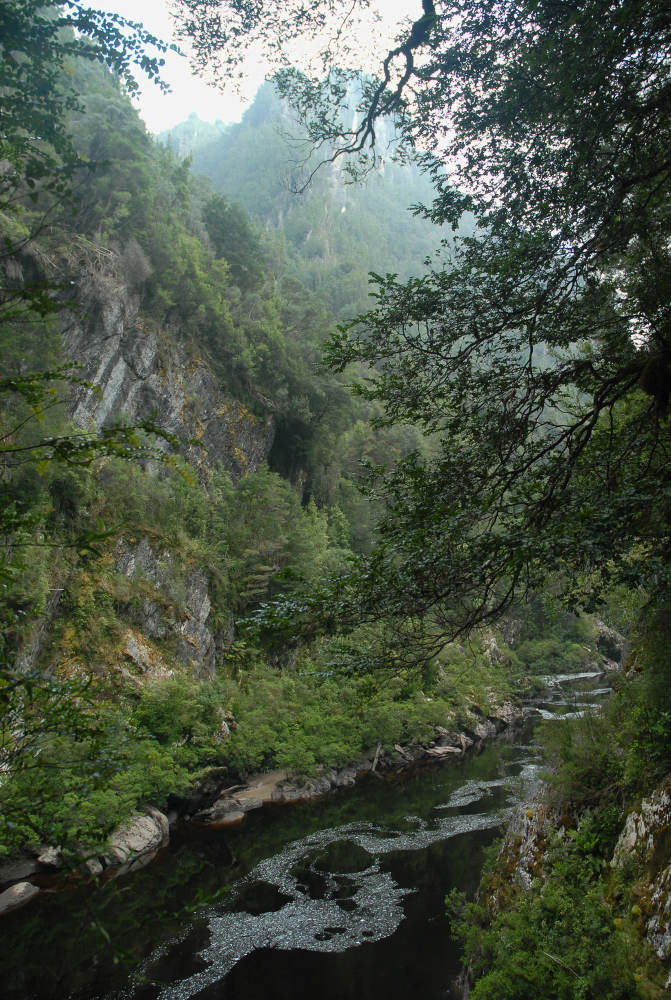
Great Ravine from Eagles Nest, Photo: A. Simple 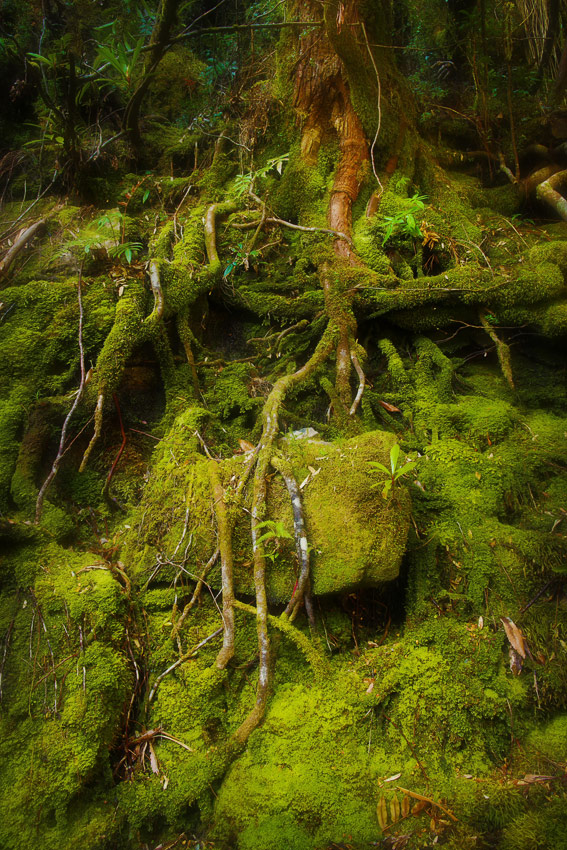
Temperate Rainforest on the Franklin River, Photo: W. Glowacki 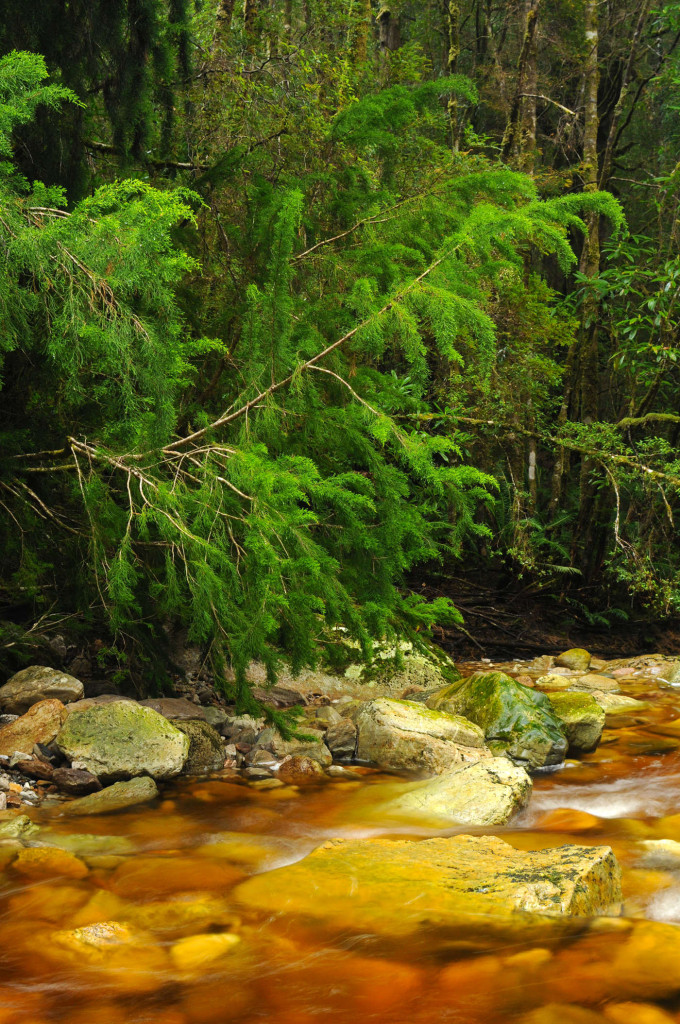
Huon Pine at Interlude Creek, Photo: D. James 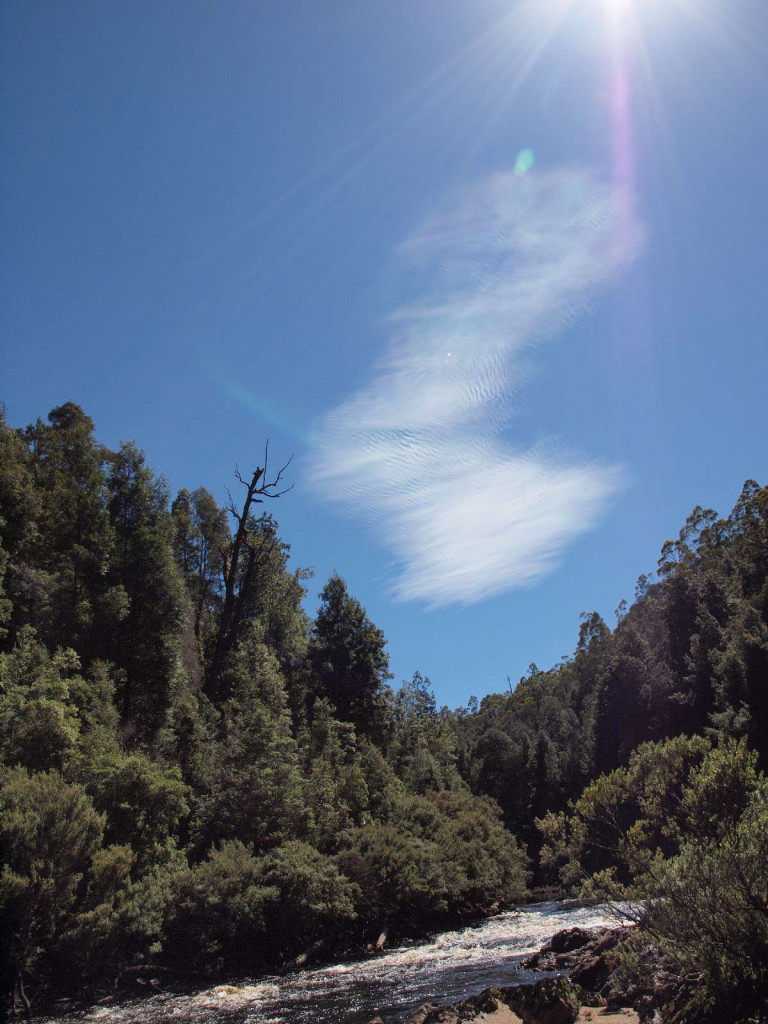
The Beach, Middle Franklin, Photo: M. Fink 
Looking downstream from ‘The Beach’ campsite. Middle Franklin River. Photo D. James 
Newlands Cascade rapid and camp. Photo G. Jorgenson 
The Franklin River at Propsting Gorge. Photo Dr. T. Ruff 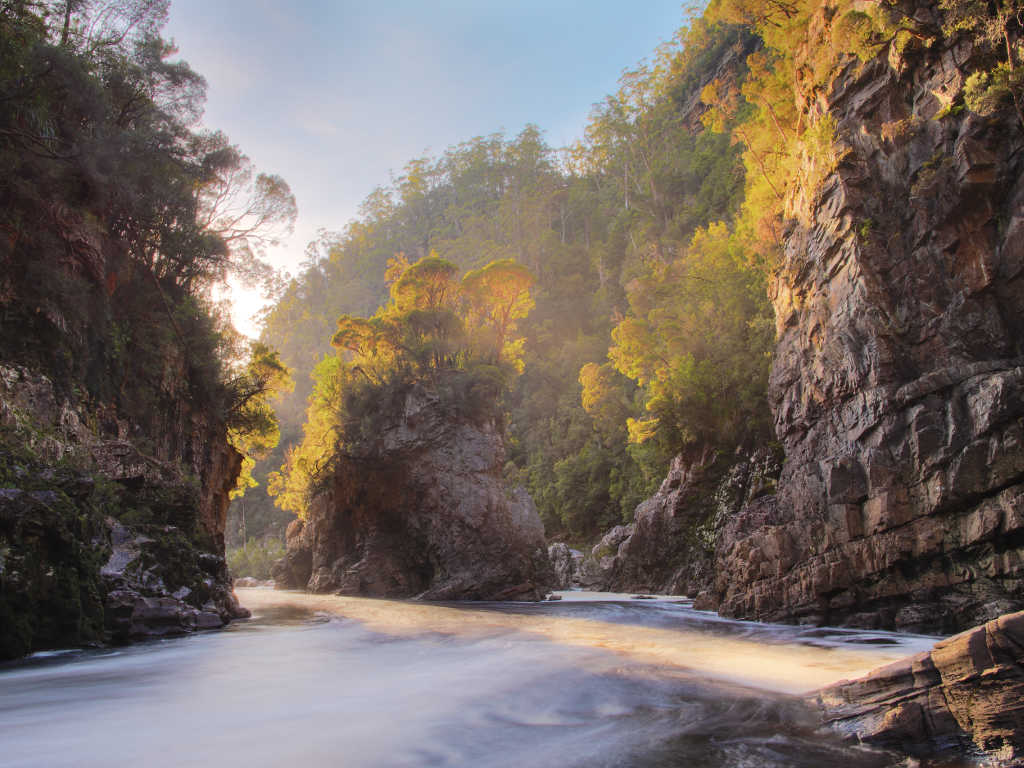
Iconic Rock Island Bend. Photo W. Glowacki
TRIP NOTES
MORE INFORMATION
discovertasmania.com.au; parks.tas.gov.au
WHERE
Franklin River, Tasmania. The Franklin-Gordon Wild Rivers National Park is in the midnorthern region of the Wilderness World Heritage Region.
GETTING THERE
From Hobart, it’s a 2½- hour journey via the Lyell Highway and a similar distance from
Launceston travelling south on the Lake Highway via Longford and Poatina. Rafters
usually begin at the Collingwood River, 49 kilometres west of Derwent Bridge, and finish at the Gordon River.
STAYING THERE
Bush camping: inexperienced rafters are advised to join a commercial trip. See
discovertasmania.com.au.
SEE AND DO
Trips are eight to 14 days. Expect to pay about $2500 for eight days.
Read more: http://www.smh.com.au/travel/notes-from-a-big-island-20130821-2saep.html#ixzz347OPds6N

